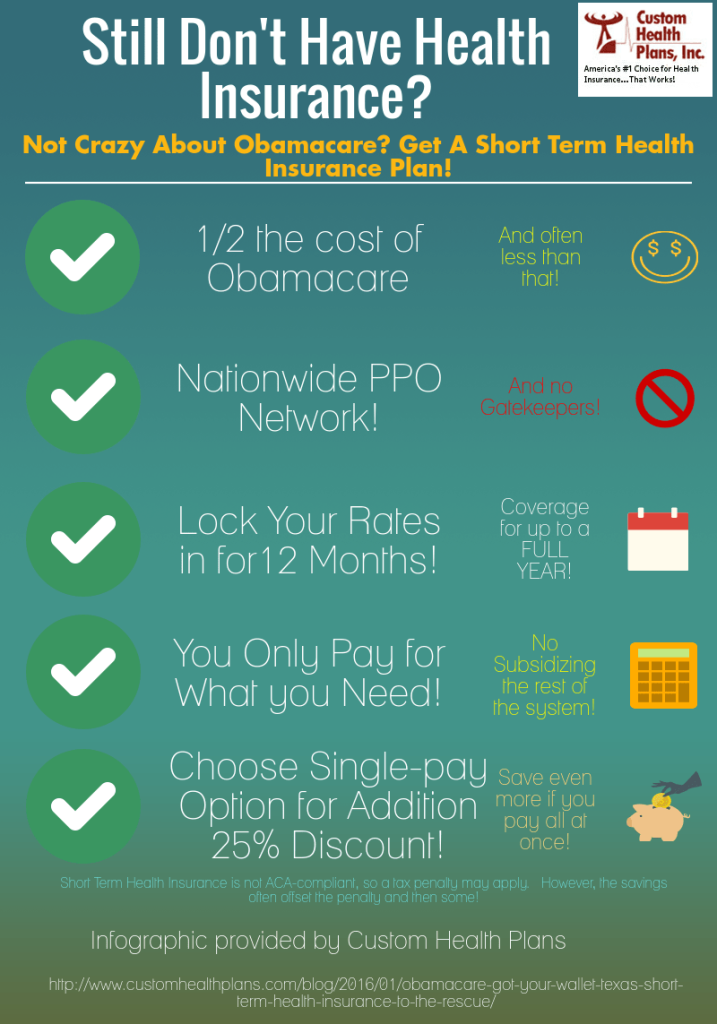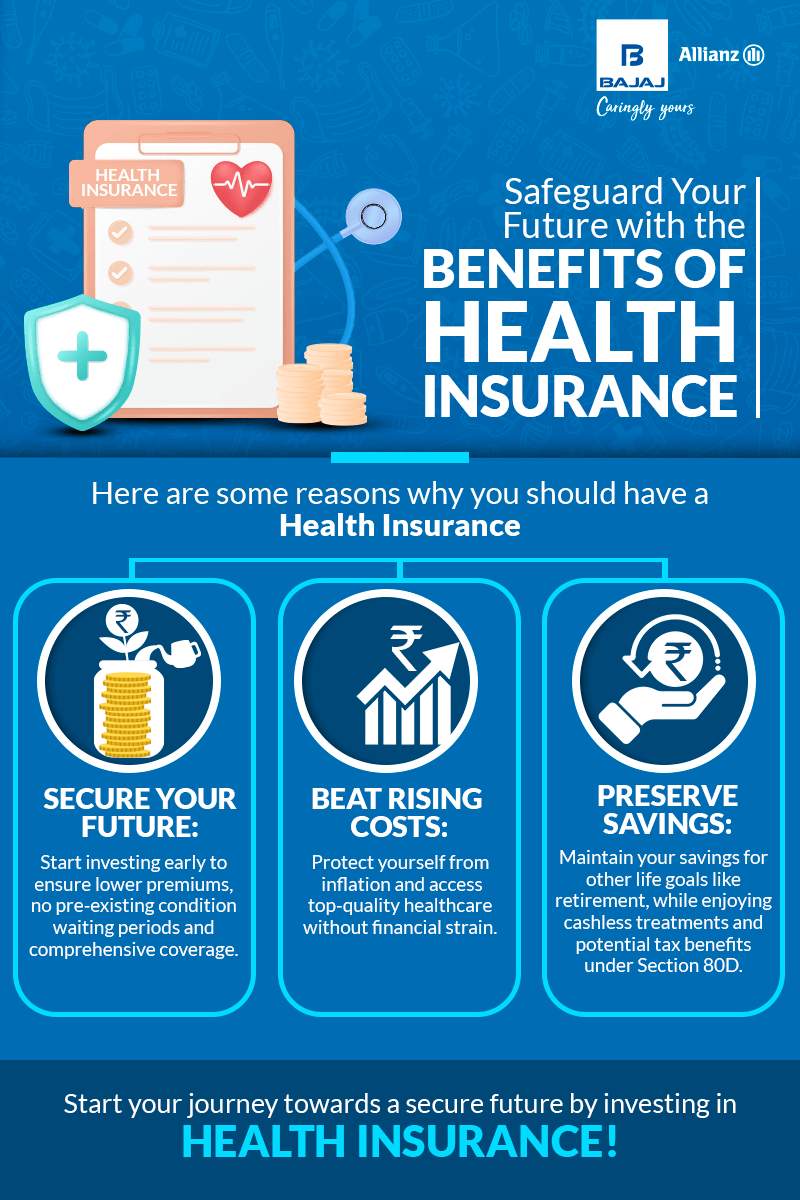All about Health Insurance In Toccoa, Ga
Table of ContentsInsurance In Toccoa, Ga for DummiesSome Known Factual Statements About Affordable Care Act (Aca) In Toccoa, Ga Getting The Commercial Insurance In Toccoa, Ga To WorkAll about Annuities In Toccoa, Ga

1 and 3. 2 (Health Insurance in Toccoa, GA), for additional information. New immigrants represent a considerable proportion of individuals without health and wellness insurance coverage. One analysis has actually associated a significant portion of the current growth in the size of the united state uninsured populace to immigrants that arrived in the country between 1994 and 1998 (Camarota and Edwards, 2000)
Health and wellness insurance policy coverage is an essential aspect in a lot of versions that show access to health care. The connection between medical insurance and access to care is well established, as recorded later on in this chapter. The relationship in between wellness insurance policy and health and wellness results is neither direct nor simple, an extensive clinical and wellness services research literary works web links health and wellness insurance protection to enhanced access to care, much better quality, and enhanced personal and populace health and wellness status.
The Only Guide for Annuities In Toccoa, Ga
The troubles dealt with by the underinsured are in some respects similar to those encountered by the without insurance, although they are usually much less extreme. Health insurance policy, however, is neither essential nor adequate to gain access to clinical solutions. The independent and direct result of health insurance protection on accessibility to health services is well developed.
Others will certainly acquire the healthcare they need even without medical insurance, by paying for it out of pocket or seeking it from providers that supply care complimentary or at extremely subsidized prices - Automobile Insurance in Toccoa, GA. For still others, health insurance coverage alone does not make sure invoice of treatment as a result of various other nonfinancial obstacles, such as a lack of health care companies in their neighborhood, restricted accessibility to transport, illiteracy, or etymological and social distinctions
The Insurance In Toccoa, Ga Ideas
Formal research study concerning uninsured populations in the United States dates to the late 1920s and very early 1930s when the Board on the Cost of Medical Treatment generated a series of reports concerning funding physician office brows through and hospitalizations. This problem ended up being significant as the varieties of medically indigent climbed up throughout the Great Depression.
Empirical research studies constantly sustain the web link in between accessibility to care and boosted health outcomes (Bindman et al., Web Site 1995; Starfield, 1995). Having a routine source of care can be thought about a forecaster of accessibility, instead of a straight action of it, when wellness results are themselves made use of as gain access to signs. Insurance in Toccoa, GA. This extension of the notion of access dimension was made by the IOM Board on Keeping Track Of Access to Personal Healthcare Provider (Millman, 1993, p
Nonetheless, the effect of parents' health and health insurance on the health of their youngsters has actually gotten attention only lately. Whether parents are insured shows up to impact whether or not their youngsters get care in addition to exactly how much careeven if the children themselves have coverage (Hanson, 1998).
What Does Medicare/ Medicaid In Toccoa, Ga Do?

Although emergency situation departments are depicted as a costly and inappropriate website of key treatment services, many without insurance people look for treatment in emergency divisions due to the fact that they are sent out there by other wellness treatment carriers or have nowhere else to go. Emergency care professionals argue that the nation's emergency situation divisions not only act as providers of last hotel but are a vital access factor into the wellness treatment system (O'Brien et al (https://app.roll20.net/users/12945238/jim-t)., 1999)
Phase 2 supplies a review of just how employment-based medical insurance, public programs and individual insurance plan run and engage to give considerable yet insufficient insurance coverage of the united state population. This includes a review of historical trends and public laws influencing both public and personal insurance coverage, a discussion of the interactions among the various types of insurance, and an examination of why individuals relocate from one program to an additional or end up with no coverage.Chapter 3 synthesizes existing information to reach a composite description of the without insurance: What attributes do people without coverage often share? Where do the without insurance real-time? The chapter likewise presents details concerning the danger of being or ending up being uninsured: How does the opportunity of being without insurance change relying on picked attributes, such as racial and ethnic identification, country or urban residency, and age? What are the probabilities for details populaces, such as racial and ethnic minorities, country locals, and older working-age persons, of being uninsured? Just how does the possibility of being without insurance modification over a life time? Along with identifying the possibility of being without insurance in terms of a single measurement, such as gender, age, race, job status, or geographic area, Chapter 3 likewise presents the results of multivariate evaluations that offer an even more useful representation of the factors that add to the opportunities of being uninsured.